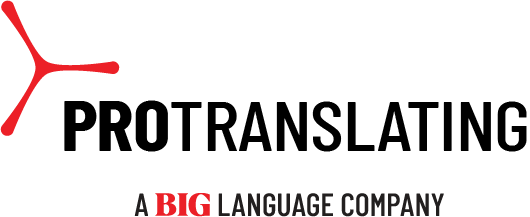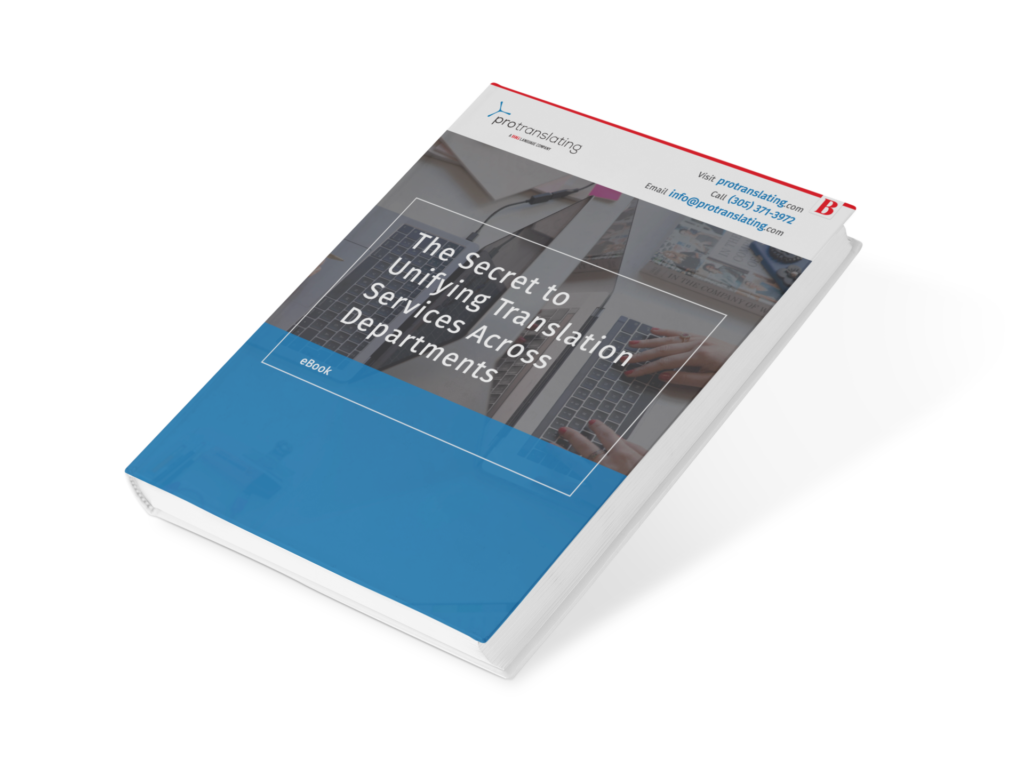Accurate translation and cultural appropriateness are clear objectives when attempting to localize your international eLearning content. But your challenges don’t end there: you also face a list of technical obstacles.
These hurdles can range from retrofitting older courses for global use, effectively managing privacy and security issues, and understanding and choosing the software or web applications that will best help you achieve your eLearning goals. And then there’s keeping up with the evolution of both technology and learners’ expectations. Finally, although it doesn’t at first glance appear to be a technical hurdle, another significant task can involve creating beneficial and engaging content while working with subject-matter experts (SME) who may be unfamiliar with the eLearning process.
As part of cultural awareness, moreover, it is essential that you extend your efforts beyond just language and dialects. Specifically, you must understand how individuals across generations and geographies think, consume information, and learn. And, most importantly, your localized content needs to sound natural and not like a translation. You also need to build that knowledge into your localization strategy at the beginning of your eLearning development process, so you can minimize future problems by better anticipating these technical issues.
This article identifies three technical challenges you might encounter in expanding your eLearning activities.
Challenge #1: Not Focusing on the User’s Learning Preference
You need to understand and incorporate learning preferences into your eLearning programs because they can differ from audience to audience. Traditional teaching styles may help some individuals learn, but they won’t be the answer for all — especially in today’s digital world.
From smartphones to social media, eLearning users have more opportunities to access learning tools than ever before, empowering them to access what they need to know when and where they need it.
To appeal broadly to your learners, you can utilize a variety of tools, such as microlearning, blended learning, or learning on demand. These provide flexible and personalized approaches for learners to digest and retain content in forms appealing to them. These design and delivery options will improve learners’ retention of information and improve their experience while helping you achieve your eLearning key performance indicators (KPI).
One newer technology is immersive digital learning, which includes gamification. Using digital educational games, eLearning instructors can engage learners in teaching methodologies that allow for decision-making, teamwork, and planning, to name a few. The user also receives immediate feedback on their progress, further increasing their engagement in learning.
Your language service provider needs to be well-versed in the learning preferences of users across multiple audiences.
Challenge #2: Failing to Develop Learning Modules with Generational Appeal
Many workforces today comprise five generations of employees — ranging from the Silent Generation to Gen Z. Each generation has its own expectations, preferences, and viewpoints regarding how it prefers to learn.
This, obviously, creates eLearning challenges:
- Millennials (born 1981-1996) and Gen Z (born in 1997 forward) prefer to learn differently than earlier generations, in large part because they grew up with technology rapidly evolving.
- Although both generations are tech-savvy, Gen Z is the first digitally-native generation. They also are more optimistic and comfortable with digital technology, expecting more innovation than their Millennial elders.
- Baby Boomers (born 1946-1964), meanwhile, prefer task- and achievement-oriented learning and development, while Gen X (born 1965-1980) prefers to work independently, valuing self-reliance.
When planning learning modules across various age groups and geographies, be sure to partner with a third-party provider experienced in incorporating generation learning preferences into course design and delivery. Doing so enables you to deliver content suitable for all learners—no matter their age.
challenge #3: not planning for growth and scalability
Your technical challenges require immediate action. But that doesn’t mean you should ignore the long term: your eLearning program needs to grow along with the company.
To scale efficiently, you need to envision your future and evaluate your current software (e.g., Storyline or Camtasia) against your multi-dimensional tasks plotted and likely timeline (potentially with multiple scenarios).
You need to understand today’s audiences and potential future audiences. And then you need to map out your content, including your text, images, and video for each platform, keeping the end-user in mind at all times. Further, decide if you’re going to include self-assessments, quizzes, or gamification, making sure each is tailored to the end-user as well. This is your opportunity to create multiple deliverables, enabling you to appeal to a broader audience and growing your brand.
And, when planning, don’t forget to map out your mode of delivery. Let’s go back to smartphones. If you want to capture younger learners, such as Millennials and Gen Z, it is critical to consider mLearning — delivering mobile-ready content through a smartphone. According to Training Journal, to “truly engage with millennials and Gen Z in particular, companies need to offer a learning ecosystem that adapts to the modern learners’ connected, mobile day-to-day routines and enables them to learn on the go, when and where they want to and connect seamlessly to the communities and applications that they value.”
When creating your eLearning platforms, you should also anticipate common localization errors as you adapt to different regions, such as voiceover or translation errors, halting your ability to expand. Additionally, the cost can be an actual or perceived barrier to scaling. Therefore, understanding where you need to minimize cost is critical to expansion. Finally, to scale appropriately, you want to create a process that produces a high-quality product—on-time.
Partnering with a skilled localization partner with extensive experience in learning and development tools can help you to overcome many of these barriers. Take advantage of the partner’s knowledge and skills — the more efficient your team, the better the result.
SECURE. UNIFIED. EFFECTIVE BIG Language Solutions’ family of companies — Our family of companies includes BIG IP, ISI Language Solutions, Protranslating, Language Link, and DWL, bringing over 150 years of combined expertise with offices in 26 locations worldwide. Through our portfolio, we customize and deliver language services in more than 240 languages and dialects.
Have questions on how an LSP can benefit your organization? Give us a call today.







